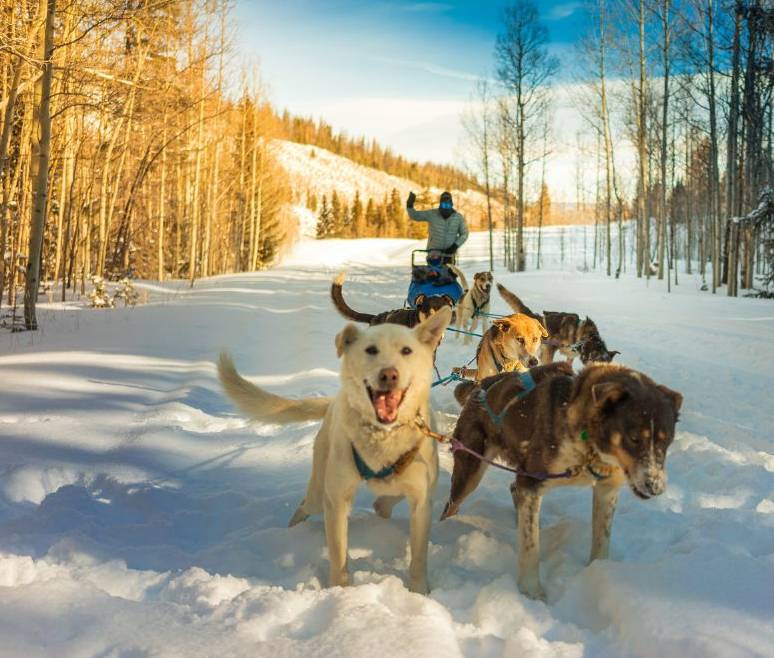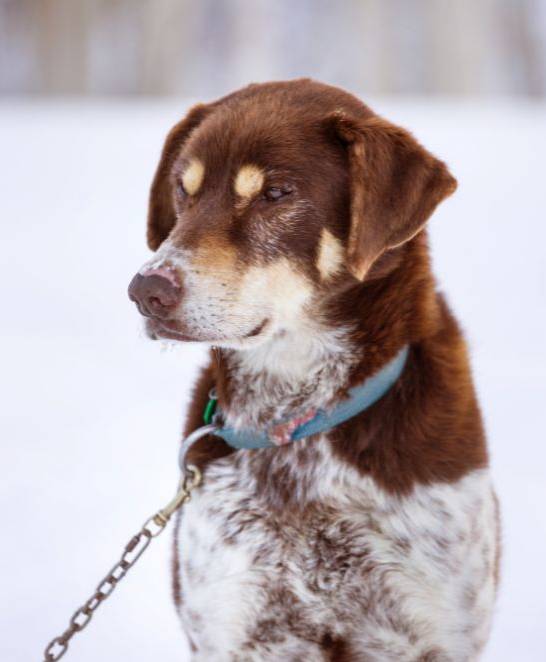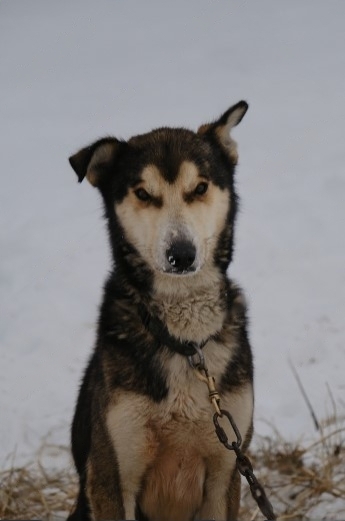Alaskan Huskies and Their Communication Methods
In this comprehensive article, we delve into the fascinating world of Alaskan Huskies and explore their unique communication methods. Alaskan Huskies, a breed known for their incredible endurance and strength, have been indispensable companions to humans in Arctic regions for centuries. Understanding how these magnificent creatures communicate is essential for their proper care and the bond they share with their owners. In this write-up, we aim to provide valuable insights into the various ways Alaskan Huskies communicate, thereby helping you develop a deeper connection with your furry friend.

Vocalizations of Alaskan Huskies
Alaskan Huskies are highly expressive creatures, and they employ a range of vocalizations to convey their emotions and needs effectively. Some of the most common vocalizations include:
1. Howling
Howling is one of the most iconic forms of communication among Alaskan Huskies. It serves several purposes, such as expressing loneliness, seeking attention, or establishing territory. When a Husky howls, it can be a mesmerizing and haunting sound, echoing through the vast landscapes of the Arctic.
2. Barking
While Alaskan Huskies are not as vocal as some other breeds, they do bark to communicate excitement, alertness, or as a form of greeting. Barking can also indicate their desire to play or their curiosity about something new in their environment.
3. Whining
Whining is a common communication method for Alaskan Huskies when they want something, such as food, water, or attention. It can also indicate discomfort or mild distress.


Body Language and Gestures
Beyond vocalizations, Alaskan Huskies rely heavily on their body language and gestures to convey their emotions and intentions. Understanding these non-verbal cues is crucial in interpreting what your Husky is trying to communicate. Some essential body language signals include:
1. Tail Wagging
Contrary to popular belief, a wagging tail doesn’t always indicate a happy dog. For Alaskan Huskies, the height and speed of the tail wag are essential. A high and fast wag usually suggests excitement, while a low and slow wag may indicate submission or uncertainty.
2. Ear Positions
Observing the position of a Husky’s ears can give valuable insights into their emotional state. Erect ears typically suggest attentiveness and alertness, while flattened ears could indicate fear or submission.
3. Eye Contact
Alaskan Huskies often use eye contact as a means of communication. A direct, unwavering gaze can be a sign of trust and affection, while avoiding eye contact may indicate fear or unease.
4. Play Bow
When an Alaskan Husky lowers its front end while keeping its rear end raised, it’s known as a play bow. This gesture is an invitation to play and is often accompanied by a wagging tail and excited body movements.
Scent Marking and Communication
Apart from vocalizations and body language, Alaskan Huskies also rely on scent marking to communicate with other dogs and animals. Scent marking involves leaving their unique scent on various objects or territory to convey messages such as claiming territory or indicating readiness to mate.

Understanding Husky Howling
As mentioned earlier, howling is a significant form of communication for Alaskan Huskies. However, interpreting their howls can be challenging, as different pitches and durations of howling can convey various messages. Some common reasons for Husky howling include:
1. Social Connection
Howling is an essential element of the Husky’s social structure. When one Husky howls, it can trigger a chain reaction, with other pack members joining in. This behavior fosters a sense of togetherness and strengthens their bond as a pack.
2. Expressing Emotions
Huskies may howl to express their emotions, such as happiness, excitement, or anxiety. Paying attention to the context and accompanying body language can help you understand the reason behind the howl.
3. Responding to Sounds
Alaskan Huskies have a keen sense of hearing, and they may howl in response to certain sounds, such as sirens or musical instruments. It’s their way of acknowledging the noise and possibly expressing curiosity.
Tips for Effective Communication with Your Husky
Establishing clear communication with your Alaskan Husky is crucial for a strong and healthy bond. Here are some tips to ensure effective communication:
1. Be Patient and Observant
Understanding your Husky’s communication cues takes time and patience. Observe their body language, vocalizations, and behaviors to decipher their messages accurately.
2. Use Positive Reinforcement
When your Husky exhibits desirable behavior, such as responding to commands or displaying calmness, reward them with treats, praise, or affection. Positive reinforcement enhances the communication process and encourages good behavior.
3. Maintain Consistency
Consistency is key in training and communication. Use the same commands and cues consistently to avoid confusion and reinforce learning.
4. Seek Professional Training
If you encounter challenges in communicating with your Husky or need assistance with training, consider seeking help from a professional dog trainer. They can provide valuable guidance tailored to your Husky’s specific needs.


Alaskan Huskies and Their Communication Methods
Alaskan Huskies possess a remarkable ability to communicate through various vocalizations, body language, and scent marking. Understanding their unique communication methods is essential for building a strong and meaningful relationship with these majestic creatures. By paying attention to their cues and responding appropriately, you can ensure a happy and fulfilling life for your Alaskan Husky companion.